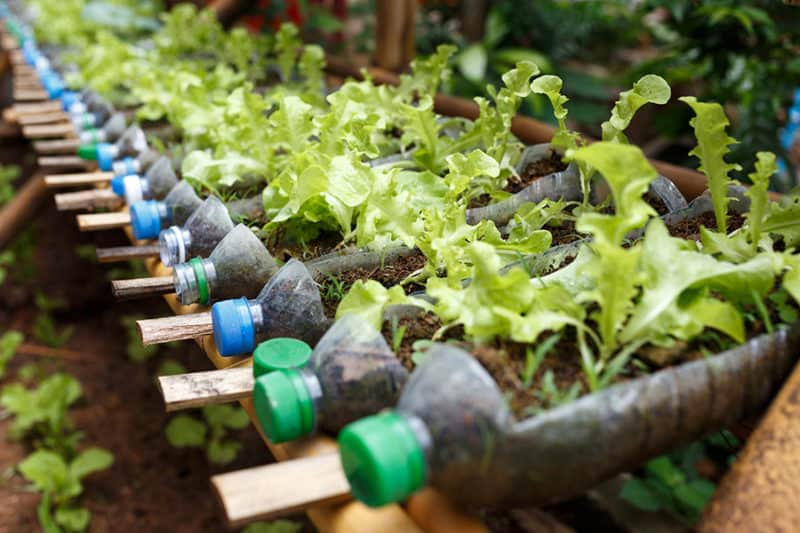If you're interested in survival gardening, one of the best ways to get started is by building a raised bed garden. Raised bed gardens are great for several reasons: they are easy to maintain, they require less weeding, and they allow you to grow crops even if you don't have access to good soil. In this post, we'll walk you through the process of building your own raised bed garden for survival gardening.
Choosing the Right Materials
The first step in building a raised bed garden is to choose the right materials. While there are many options available, some materials work better than others. For example, untreated cedar or redwood is a good choice because it is naturally resistant to rot and insects. You can also use composite materials, which are made from a combination of wood fibers and plastic, or concrete blocks.

Determining the Size and Layout
Once you've chosen your materials, it's time to determine the size and layout of your raised bed garden. The size of your raised bed will depend on how much space you have available and how many crops you want to grow. A good rule of thumb is to make your bed no wider than four feet, so that you can easily reach the center from either side. The length can vary, but 8-12 feet is a good starting point.
When it comes to the layout, you can choose from a variety of options. Some gardeners prefer a single large bed, while others prefer multiple smaller beds. You can also choose to build your raised bed garden in a square or rectangular shape, or you can get creative and build a circular or triangular bed.
Preparing the Site
Before you start building your raised bed garden, you'll need to prepare the site. Start by choosing a location that gets plenty of sunlight and has good soil drainage. If the area is covered in grass, you'll need to remove it before you start building. You can do this by using a sod cutter, a shovel, or a hoe.
Building the Bed
Now it's time to start building your raised bed garden. The first step is to create a frame using your chosen materials. If you're using wood, you can use four 4x4 posts to create the corners of the bed and attach the boards to the posts using screws. If you're using concrete blocks, you can simply stack them to create the desired height.
Once your frame is in place, it's time to add soil to your bed. You can use a combination of topsoil, compost, and other organic matter to create a nutrient-rich soil. Fill the bed with soil, leaving about an inch of space at the top.
Planting Tips
Now that your raised bed garden is complete, it's time to start planting. When choosing what to grow, consider the amount of sunlight your garden receives and the soil type. In general, vegetables like tomatoes, peppers, and cucumbers prefer full sun, while leafy greens like lettuce and spinach can handle some shade.
When planting your crops, make sure to give them plenty of space. This will help prevent overcrowding and ensure that each plant has enough room to grow. You can also add trellises or stakes to support your plants as they grow.

Maintaining Your Garden
Once your raised bed garden is planted, it's important to maintain it properly. This means watering your plants regularly, adding fertilizer and compost as needed, and protecting your plants from pests and disease. You can also use techniques like crop rotation and companion planting to help keep your garden healthy and productive.
Building a raised bed garden is a great way to start your own survival garden. By using quality materials and following the steps outlined in this post, you can create a garden that will provide fresh, healthy produce for years to come. Remember to choose the right location, select the right materials, and plan your layout carefully. With a little bit of hard work and patience, you can build a raised bed garden that will be the envy of your neighbors!
Next Steps
If you’re ready to maximize your property and grow more food, expand your survival gardening efforts to include edible landscaping. You’ll bring more flavor, nutrition, and design to your property. Shop now for our survival seed kits, flowers, and more to help your gardens flourish.











